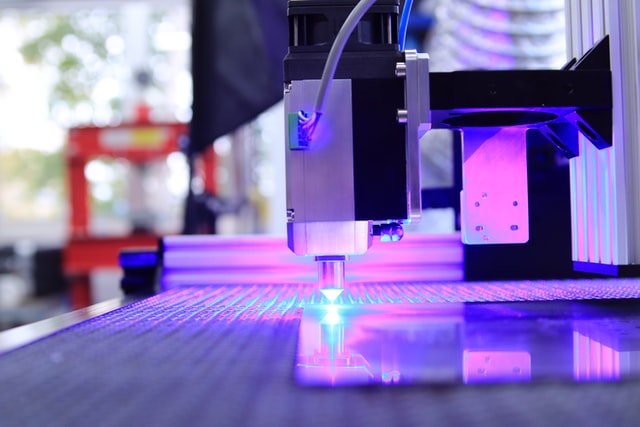
Whenever a project is started on CNC machines, the first thing to consider is how much it will cost; however, there is no universally accepted cost plan available for machining projects. A variety of factors mainly determines the cost of CNC machining projects. Although cost is an important factor to consider in most projects all over the globe, it is very important to know the background and how it works in affecting CNC machining costs.
Keeping the above in view, I think it is important to make this issue easier for those who use CNC machines and mention some important factors. After studying this comprehensive information, you will be given guidance on calculating CNC machining to ensure cost reduction.
Main factors involved in determining CNC machining cost:
The CNC machining industry operates differently than the conventional machining industry, in which one part X can be considerably more expensive than the other part Y. While Part Y may be smaller than Part X, it may be more costly than Part X, which is larger.
This clarifies that pricing does not depend solely on size and volume in CNC machining. It mostly depends on the combination of different factors, which are as follows;
Types of materials:
Whenever a particular project is started, when the final product is unveiled, the type of material has a great impact on its cost. When it comes to CNC machines, it generally affects their prices in two ways, first affecting the cost of processing time and then the cost of raw materials.
The price of a material determined by its quantity. Whether it is readily available in the market or not, importing any material will also affect the cost. The following are the different materials of metal and plastic which differ in weight and price;
- Metals
- Aluminum
- Al bronze
- Copper
- Stainless steel (SS)
- Brass
- Mild steel (1020, 1025, 1030, 1035)
- Medium tensile steel (1045)
- Alloy steel
- Plastic
- ABS
- Nylon
- PEEK
- PVC
- PC
- Delrin
- PTFE
In simple words, if the material is cheaper, the cost will be less, and if it is more expensive, the cost will be more, but the material is cheaper, but if you are importing, then the cost may be higher.
Labor cost:
The general idea is that making the set up of CNC machines requires almost no human involvement, but regardless of the situation, it requires an engineer, programmer, and machinist. Creating a program for CNC machines requires a programmer familiar with AutoCAD and Cam software and knowing other engineering and designing software.
Similarly, a skilled CNC operator always required to operate the machine. These factors are very important and play a vital role in determining the cost of CNC machining.
Quantity of CNC machined parts:
The number of machined parts should not be overlooked in the calculation process as it can greatly affect the cost of CNC machining. Its assumed that the larger the number of parts, the higher the CNC machining cost.
However, every unit added will be cheaper when it comes to CNC machines. In simple words, larger order volumes will increase the overall cost while reducing per unit. Some companies worldwide are famous for their work, and I strongly recommend you visit Xiamen Prime Kunwu Technology Co.,Ltd. for the best CNC machining services.
Additional factors involved in CNC machining cost calculation:
The following factors also contribute to CNC machining cost calculations in one way or another;
- Equipment, tools, special toolings, machines required
- The design and geometry of the parts
- Required tolerance and precision machining
- Heat-treatment and surface-treatment processes for specific parts




